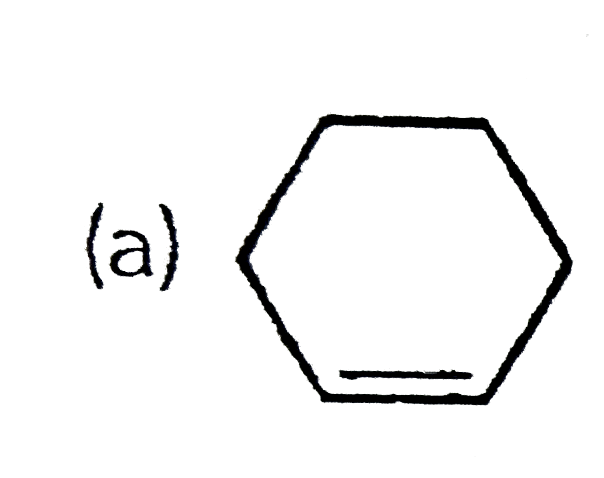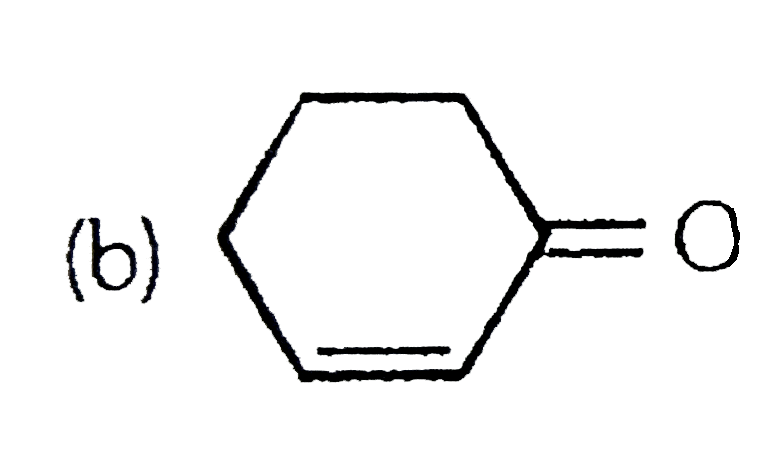Identify A and B :
PCl3+H2O→A+HCl,AΔ−−→B+PH3
To solve the question, we need to identify the compounds A and B from the given reactions involving PCl₃ and H₂O.
1. Identify the Reaction:
The first reaction is between phosphorus trichloride (PCl₃) and water (H₂O).
PCl3+H2O→A+HCl
2. Determine Product A:
When PCl₃ reacts with water, it hydrolyzes to form phosphorous acid (H₃PO₃) and hydrochloric acid (HCl). Therefore, we can identify A as:
A=H3PO3(Phosphorous acid)
3. Identify the Second Reaction:
The next part of the question states that A (which we identified as H₃PO₃) is heated to produce B and phosphine (PH₃):
AΔ→B+PH3
4. Determine Product B:
When phosphorous acid (H₃PO₃) is heated, it can dehydrate to form phosphoric acid (H₃PO₄) along with phosphine (PH₃). Thus, we can identify B as:
B=H3PO4(Phosphoric acid)
5. Final Identification:
Therefore, the final answers are:
- A = H₃PO₃ (Phosphorous acid)
- B = H₃PO₄ (Phosphoric acid)
Summary:
- A = H₃PO₃ (Phosphorous acid)
- B = H₃PO₄ (Phosphoric acid)
The first reaction is between phosphorus trichloride (PCl₃) and water (H₂O).
When PCl₃ reacts with water, it hydrolyzes to form phosphorous acid (H₃PO₃) and hydrochloric acid (HCl). Therefore, we can identify A as:
The next part of the question states that A (which we identified as H₃PO₃) is heated to produce B and phosphine (PH₃):
When phosphorous acid (H₃PO₃) is heated, it can dehydrate to form phosphoric acid (H₃PO₄) along with phosphine (PH₃). Thus, we can identify B as:
Therefore, the final answers are:
- A = H₃PO₃ (Phosphorous acid)
- B = H₃PO₄ (Phosphoric acid)
- A = H₃PO₃ (Phosphorous acid)
- B = H₃PO₄ (Phosphoric acid)
Topper's Solved these Questions
- P-BLOCK ELEMENTS (HALOGEN & NOBLE GASES)BOOK - RESONANCE ENGLISHCHAPTER - P-BLOCK ELEMENTS (HALOGEN & NOBLE GASES)EXERCISE - APSP PART-3
22 Videos
- P-BLOCK ELEMENTS (HALOGEN & NOBLE GASES)BOOK - RESONANCE ENGLISHCHAPTER - P-BLOCK ELEMENTS (HALOGEN & NOBLE GASES)EXERCISE - APSP PART-1
30 Videos
- P-BLOCK ELEMENT (BORON AND CARBON FAMILY)BOOK - RESONANCE ENGLISHCHAPTER - P-BLOCK ELEMENT (BORON AND CARBON FAMILY)EXERCISE - PART - III : OLYMPIAD PROBLEMS (PREVIOUS YEARS) STAGE - V (INTERNATIONAL CHEMISTRY OLYMPIAD (IChO)) Problem 3
8 Videos
- PERIODIC TABLE & PERIODICITYBOOK - RESONANCE ENGLISHCHAPTER - PERIODIC TABLE & PERIODICITYEXERCISE - Advanced Level Problems
105 Videos
Similar Questions
Identify A and B :
PF3+H2O→A+HF,AΔ−−→B+PH3
View SolutionIdentify the compounds A and B.
PCl5+SO2→A+B.
View SolutionIn the manufacture of sodium carbonate, following reactions are involved:
(A)Δ−−→(B)+CO2
(B)+H2O→(C)+NH4Cl→(D)+H2O−−−−→ESolution
(E)+CO2→(F)
(F)+NaCl→(G)Heat−−→Na2CO3+CO2+H2O
(D) is a gas which is soluble in H2O
(B) is
View SolutionIn the manufacture of sodium carbonate, following reactions are involved:
(A)Δ−−→(B)+CO2
(B)+H2O→(C)+NH4Cl→(D)+H2O−−−−→ESolution
(E)+CO2→(F)
(F)+NaCl→(G)Heat−−→Na2CO3+CO2+H2O
(D) is a gas which is soluble in H2O
(C ) is
View SolutionIn the manufacture of sodium carbonate, following reactions are involved:
(A)Δ−−→(B)+CO2
(B)+H2O→(C)+NH4Cl→(D)+H2O−−−−→ESolution
(E)+CO2→(F)
(F)+NaCl→(G)Heat−−→Na2CO3+CO2+H2O
(D) is a gas which is soluble in H2O
(E ) and (F) are
View SolutionIn the manufacture of sodium carbonate, following reactions are involved:
(A)Δ−−→(B)+CO2
(B)+H2O→(C)+NH4Cl→(D)+H2O−−−−→ESolution
(E)+CO2→(F)
(F)+NaCl→(G)Heat−−→Na2CO3+CO2+H2O
(D) is a gas which is soluble in H2O
The name of the process is
View SolutionIn the manufacture of sodium carbonate, following reactions are involved:
(A)Δ−−→(B)+CO2
(B)+H2O→(C)+NH4Cl→(D)+H2O−−−−→ESolution
(E)+CO2→(F)
(F)+NaCl→(G)Heat−−→Na2CO3+CO2+H2O
(D) is a gas which is soluble in H2O
(A) is
View SolutionA and B in the following reactions are respectively
(i) CHCl3Zn + H2O−−−−−→A (ii) CHCl3Zn+HCl−−−−−→ B
View SolutionIdentify A, B andC
CaNH+H2O→Ca(OH)2+A(gas)
A+CaOCl2→CaCl2+H2O+B(gas)
B+Mg→C
C+H2O→Mg(OH)3+A(gas)
View SolutionIdentify A to G in the following.
(a) Br2,CCl4−−−−−→AKCN−−→BH3O+−−−→C
Br2,CCl4−−−−−→AKCN−−→BH3O+−−−→C
(b) Br2,CCl4−−−−−→DKCN−−→EH3O+−−−→G
Br2,CCl4−−−−−→DKCN−−→EH3O+−−−→G
View Solution
